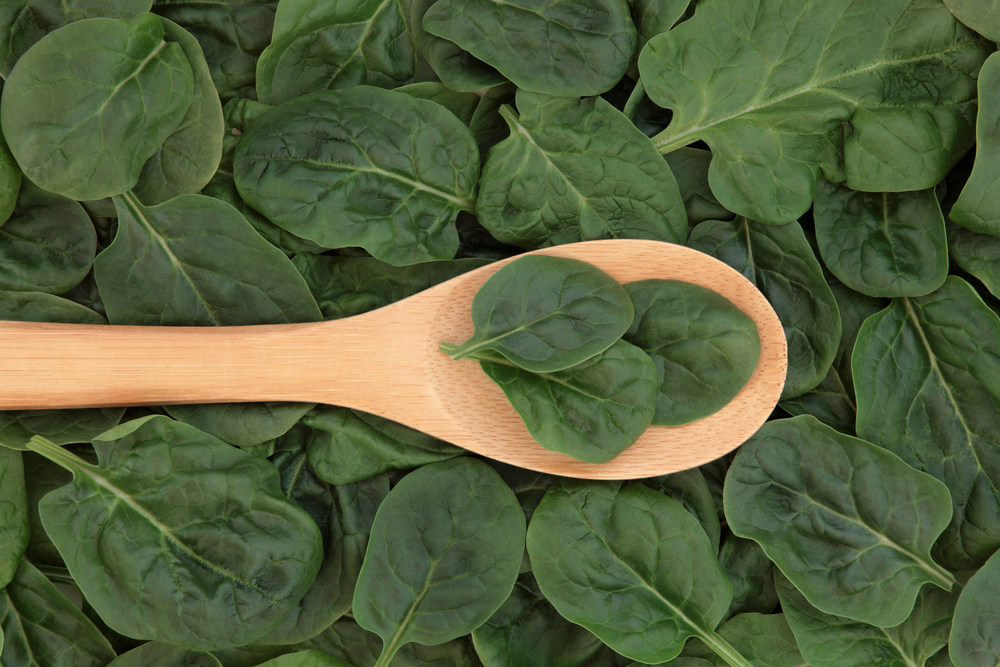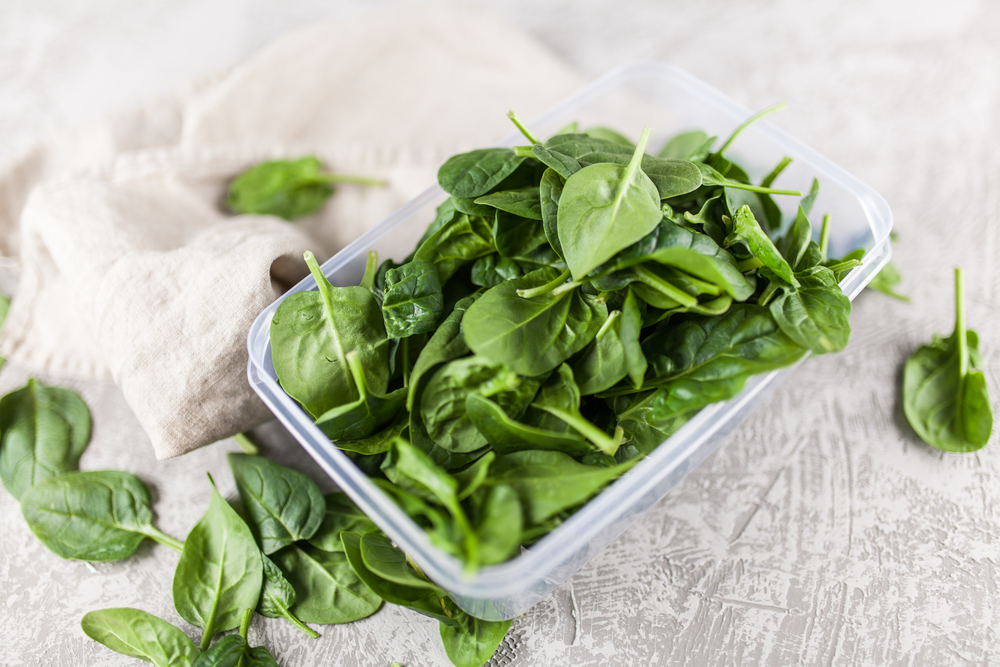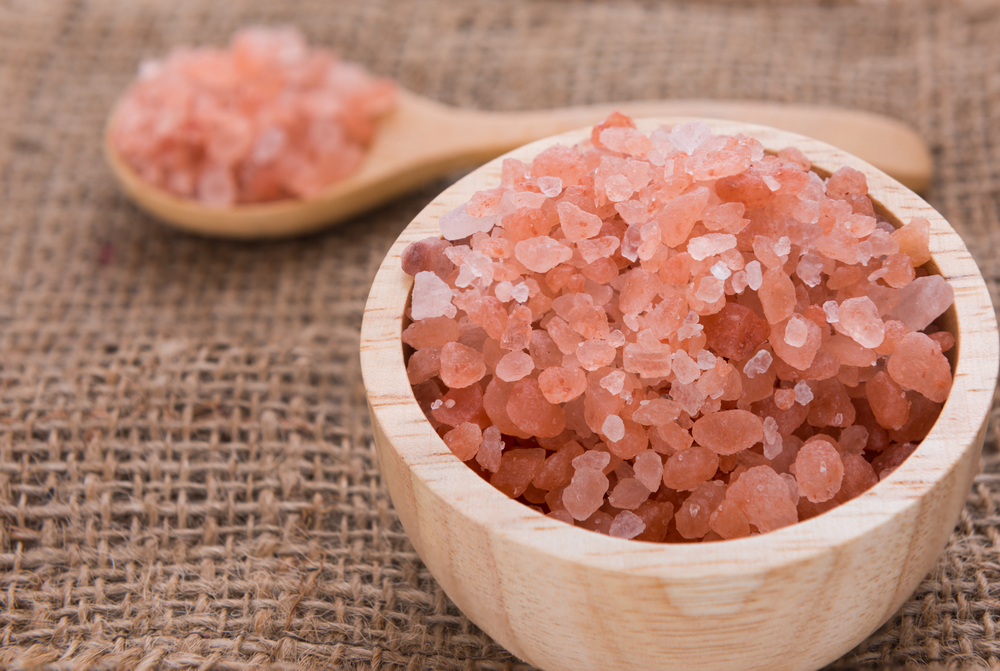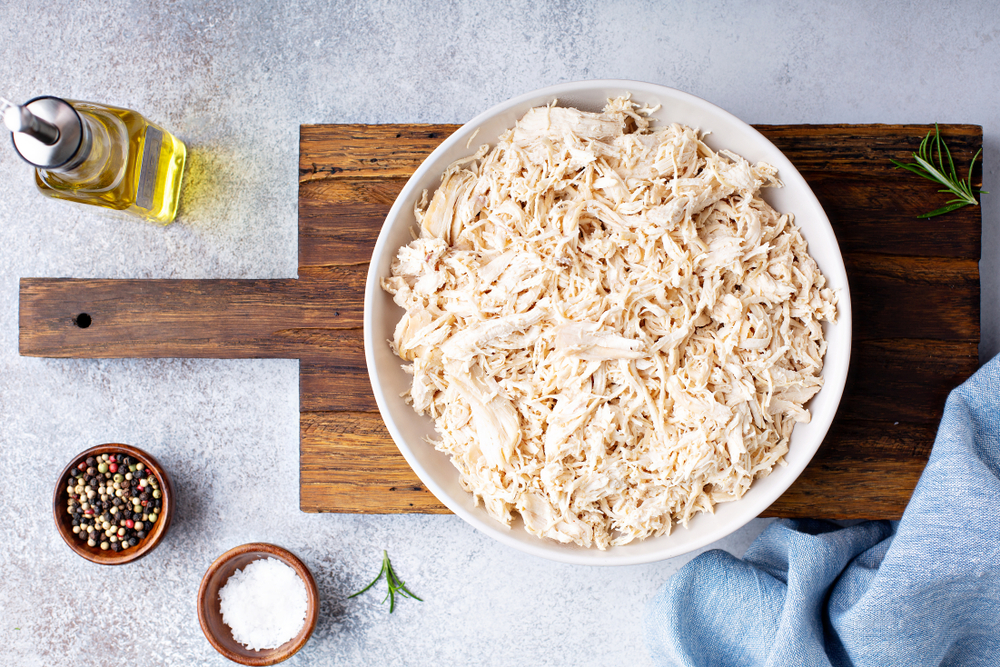A long-time rumor has been that reheating Spinach is unsafe or “poisonous.” Truthfully, it is incorrect. You can undoubtedly reheat Spinach, although exclusively once; otherwise, you jeopardize high nitrites. You will know more about them subsequently.
Spinach reheats extremely well once, but if you do not finish it from that first reheat, you best not put your reheated Spinach back in the fridge. Instead, it insisted upon you throwing it out to avoid illness. Reheating Spinach is conveniently done within a few minutes, regardless of your heating technique.
Is it Safe to Reheat Spinach?
The myth of Spinach being toxic after being reheated has been around for numerous decades. There is no validity behind the idea. Therefore it is reasonably safe as long you reheat it to at least 70°C or 160°F and do not reheat it more than once.
In short, yes. It is safe to reheat Spinach no more than once. Adults shouldn’t have problems with reheated Spinach, though youths and babies might. That said, you should be more cautious when providing your children with reheated Spinach.
Guarantee that you do not overheat or reheat your Spinach too quickly; this can demolish the Spinach’s beneficial properties. On top of that, you need to make sure when you reheat your Spinach that your Spinach is steaming hot. If you do not ensure these things, it can quickly lead to food poisoning; not fun!
How Many Times Can You Reheat Spinach?
Spinach is safe for you to reheat once after the initial cooking. If you cook, chill, reheat and chill again, you are more likely to catch a foodborne illness. To prevent sickness, you should discard your Spinach after the first reheat if you do not finish it. You should not reheat and chill Spinach, or any food for that matter, twice.

Again be cautious with feeding reheated Spinach to babies, children, and the elderly as they have a weaker immune system and can’t handle the nitrite as well as a healthy adult. Nitrites come from a metabolic process where usually harmless Nitrates convert into Nitrites, which can be carcinogens.
Cyanosis is a consequence of nitrate poisoning where your skin turns bluish-pale and leads to severe illness. Babies, children, and the elderly are also more prone to cyanosis. Again, be cautious with babies, children, and your grandparents. Anyone that has a weakened immune system is at risk.
How to Properly Reheat Your Spinach
Reheating your Spinach is genuinely one of the easiest things to do. There are two ideal ways to heat your Spinach, your microwave or your stove. Your microwave is quicker but takes out more of the nutritional value than your stovetop. Your stovetop will maintain its nutritional value but will be a bit slower in the reheating process.
Ensure that you do not overheat your Spinach, but you should ensure that your Spinach is piping hot, steaming, and up to at least 70°C or 160°F. If you do not bring your Spinach up to temp, it may lead to a foodborne illness, and no one wants that. Proper precautions can efficiently evade food poisoning.
Steps
Microwave:

Using your microwave is super straightforward, and easy to reheat your Spinach. If possible, adjust your microwave to a medium setting before reheating your Spinach.
Follow these simple steps to reheat your Spinach:
- Place your Spinach in a microwave-safe dish with a lid, ideally a ceramic or glass, never plastic. Spread your Spinach out as much as possible; this will allow your Spinach to heat evenly.
- Heat your Spinach in 30-second intervals, mixing your Spinach around each time.
- Once your Spinach is piping hot, at least 70°C or 160°F, and steaming.
- You have successfully reheated your Spinach. Enjoy your Spinach!
Stovetop:
Your stovetop is ideal if you want to maintain all your Spinach’s nutritional content and safety.
Follow the subsequent steps to learn how to heat your Spinach on your stovetop:
- Heat your pot or pan over low to medium heat, ensuring it is not too hot, as this will cook your Spinach too fast, which can speed up the metabolic process of nitrates.
- Place your Spinach in your pan or pot.
- Let your spinach cook; ensure you stir your Spinach frequently so it does not stick to the pan.
- Do not overheat your Spinach. Enjoy!
How Long Can You Keep Reheated Spinach?
Averagely, you can keep your reheated Spinach in the fridge for 3 to 5 days if you store it properly in an airtight container or zip-top bag. However, if you have already reheated your Spinach once, you should not keep your Spinach; you should discard your Spinach correctly.

It would be in your favor if you kept your Spinach in the fridge to prevent the growth of bacteria from the nitrates. The bacteria have a higher chance of growing at room temperature. Nitrates will convert into Nitrites, which is okay for the body in small quantities. Though, in large amounts, Spinach can be a carcinogen.
Storing your Spinach in the fridge will slow down the process of Nitrate conversion. Nonetheless, it would benefit if you used your Spinach within the day for the best taste and quality.
Can You Refreeze Your Reheated Spinach?
Refreezing your reheated Spinach can be done, although you should not reheat it more than once after removing it from the freezer. Refreezing reheated Spinach after its been in the freezer can be risky.
The more you reheat Spinach, even if frozen, the more you risk high nitrates, which turn into nitrites. High nitrites can make you very ill and lead to food poisoning; no one wants that! That said, it is not impossible to refreeze your reheated Spinach; exclusively take precautions.
You should try to consume your frozen Spinach within 3 to 4 months for the best quality, although the sooner you eat it, the better it will be! Always remember that foods can spoil before the recommended date or time frame. You can store your Spinach for up to a year in the freezer without running risks if you don’t let it thaw. Carefully examine your Spinach when taking it out of the freezer.
How to Tell If Your Spinach Has Gone Bad?
Fresh spinach leaves should be bright green, juicy, crispy, and crunchy. As time goes on, your spinach leaves will wilt and turn to a reddish brown-white tinted color. If your spinach leaves have discoloration of any sort or the leaves are shrunk and squishy, you may want to discard your Spinach.

You want to take extra precautions with Spinach; although the myth is false, that does not mean you can consume spoiled Spinach, or it will last. Eating sour Spinach and any vegetable can make you very ill.
Frequently Asked Questions
What happens if you eat spoiled Spinach?
If you were to eat spoiled Spinach, you would likely be very sick with food poisoning. Rotten Spinach can have harmful bacteria that infect your body with nasty toxins, parasites, and infection, resulting in food poisoning.
If you decide to be a bit wreckless and try eating spoiled Spinach, pay attention to your body for the next few days, maybe even hours. Food poisoning does not have a set time of when it hits; it just strikes. The average time for food poisoning to set in is 1 to 3 days, but it could be as quick as 10 to 30 minutes after consuming the infected Spinach.
That said, don’t take the chance. Throwing out a bit of Spinach is a lot better loss than ending up in the hospital with stomach cramps, nausea, vomiting, or diarrhea. If you feel any of these symptoms, your best option is to call your doctor.
Does Spinach go bad in the fridge?
After a long time in the fridge, any food will spoil at one point or another. Although placing your Spinach in the refrigerator will slow down the metabolic process resulting in it lasting way longer in the fridge than at room temperature.

That said, you should appropriately store your Spinach to keep its quality, such as in an airtight container or zip-top bag. Try to remove all the air from your storage bag or container. Although, you should use your Spinach within a day of storing it for the best results.
What should not be eaten with Spinach?
The myth of Spinach and dairy causing kidney stones has long time been just that, a tale. Like the rumor that Spinach can be poisonous, it is also false. For centuries this has been a common belief, but just like Spinach being poisonous, there are no facts to back this theory up. Therefore, it is more than likely untrue that consuming Spinach and dairy together will cause kidney stones.
The spinach and dairy combo causing kidney stones is merely a myth. The theory behind dairy and Spinach causing kidney stones has an approach behind it. That theory is that Spinach can form calcium oxalate crystals and prevent calcium absorption, resulting in kidney blockage in your body. More recent studies can debunk this approach to the idea.
According to more recent studies, consuming Spinach with moderate amounts of dairy can benefit your body.
Foods with a high oxalic acid content (Spinach) and dairy can decrease your risk of kidney stones because the calcium attaches to the oxalic acid in the gut. This process prevents the absorption of the bad parts of calcium, which results in the bad parts being discarded from the body by fecal matter. This whole process lowers urinary oxalate, which will prevent the formation of kidney stones.
To End
To conclude, you can reheat your Spinach. However, you should not chill your Spinach after reheating once after the initial cooking. You do not desire to take the gamble of being bed bound for up to a week, especially when you can easily avoid it.







